When it comes to creating homes for our feathered friends, many bird enthusiasts automatically reach for traditional wooden birdhouses. However, there’s a growing recognition that some bird species actually prefer clay pots over conventional wooden structures. This natural preference isn’t merely a matter of avian aesthetics—it reflects millions of years of evolutionary adaptation and specific nesting requirements that clay vessels uniquely satisfy. From thermal regulation to predator protection, clay pots offer distinct advantages that make them ideal homes for certain bird species. Understanding these preferences can help us become better stewards of our backyard wildlife and create more inviting habitats for diverse bird populations.
The Natural Appeal of Clay Materials
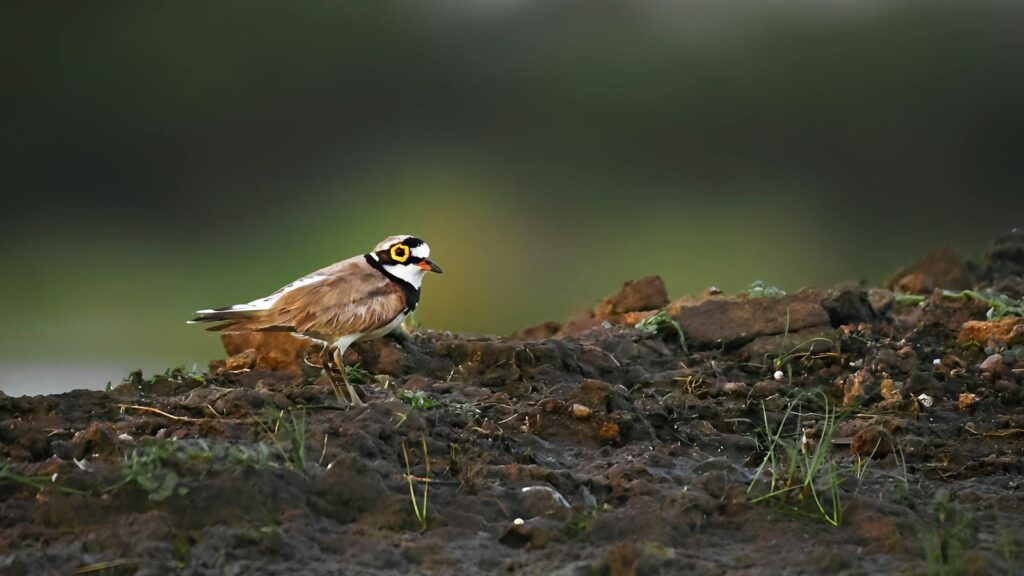
In the wild, many bird species naturally seek out clay banks, earthen cliffs, or mud formations for nesting. Clay pots mimic these natural structures, providing a familiar material that birds have evolved alongside for millennia. Species like swallows, swifts, and certain finches have been building nests with mud and clay for generations, making clay pots an intuitive choice that aligns with their instinctual preferences. The texture of clay also allows birds to grip more easily when landing and departing, an important consideration for smaller species. Additionally, the earthy scent of clay pots lacks the chemical odors sometimes present in treated wooden birdhouses, making them more appealing to birds’ sensitive olfactory systems.
Superior Temperature Regulation
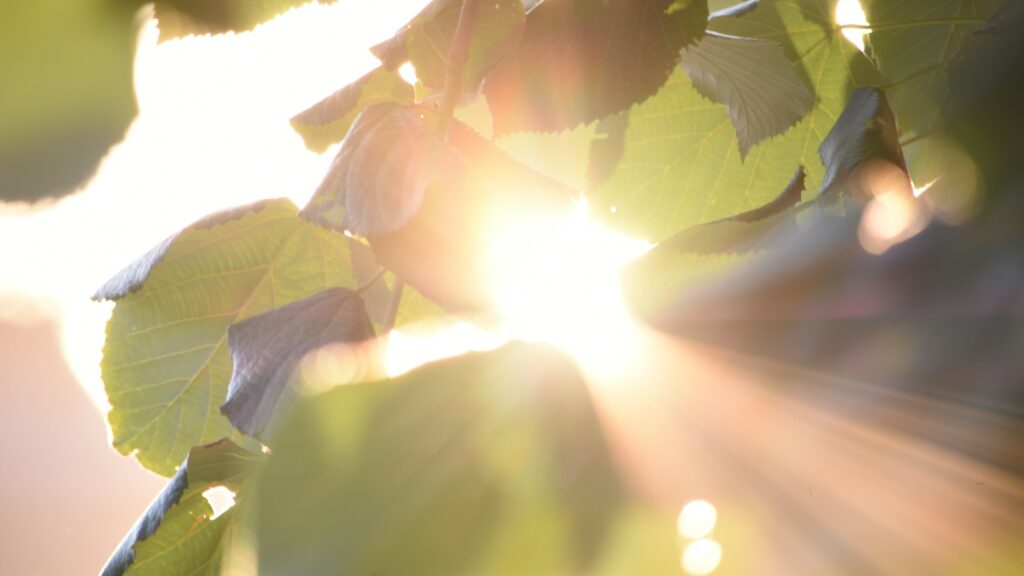
One of the most significant advantages clay pots offer birds is exceptional temperature regulation, particularly in fluctuating weather conditions. Clay naturally absorbs heat slowly during hot days and releases it gradually when temperatures drop, creating a more stable internal environment compared to wooden structures. This insulating property is especially beneficial during breeding season, when consistent egg temperatures are critical for successful hatching. Research has shown that nests in clay structures maintain temperatures within a 5-8°F range, while wooden birdhouses can experience swings of up to 20°F in the same conditions. For species raising young in extreme climates, this temperature stability can dramatically improve nesting success rates and chick survival.
Protection from Predators
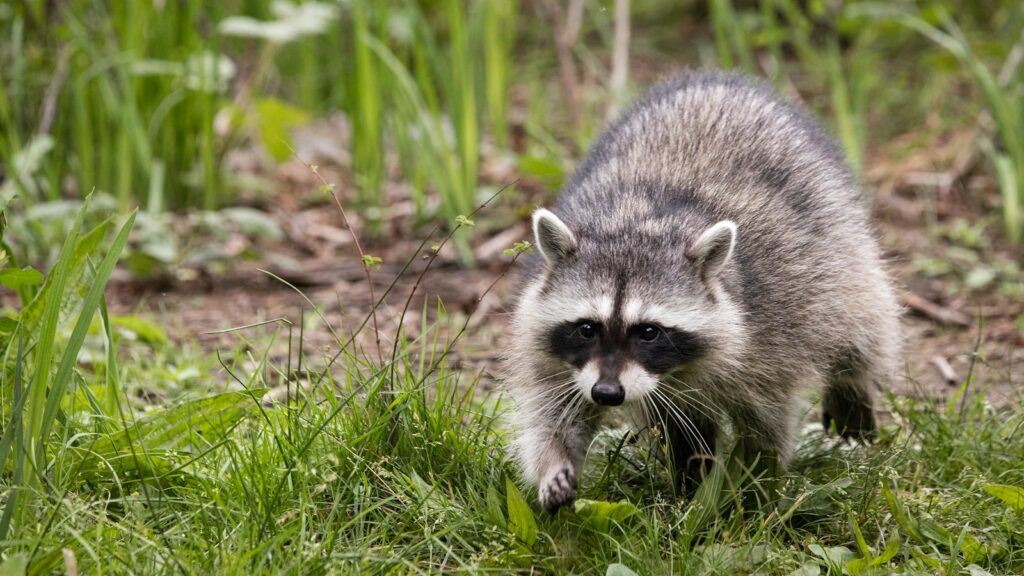
Clay pots offer unique structural advantages that help protect nesting birds from common predators. The smooth, hard exterior surface makes it difficult for climbing predators like snakes and raccoons to gain purchase, especially when pots are properly mounted or hung. The narrow openings typical of clay pot nests can be more easily defended by parent birds than the wider entrances often found in wooden birdhouses. Clay’s density also makes it more difficult for predators to chew through or damage the structure to access eggs or nestlings. Additionally, clay pots don’t produce the hollow sound when tapped that wooden boxes do, potentially making them less detectable to predators who locate nests by sound or vibration.
Moisture Management Benefits
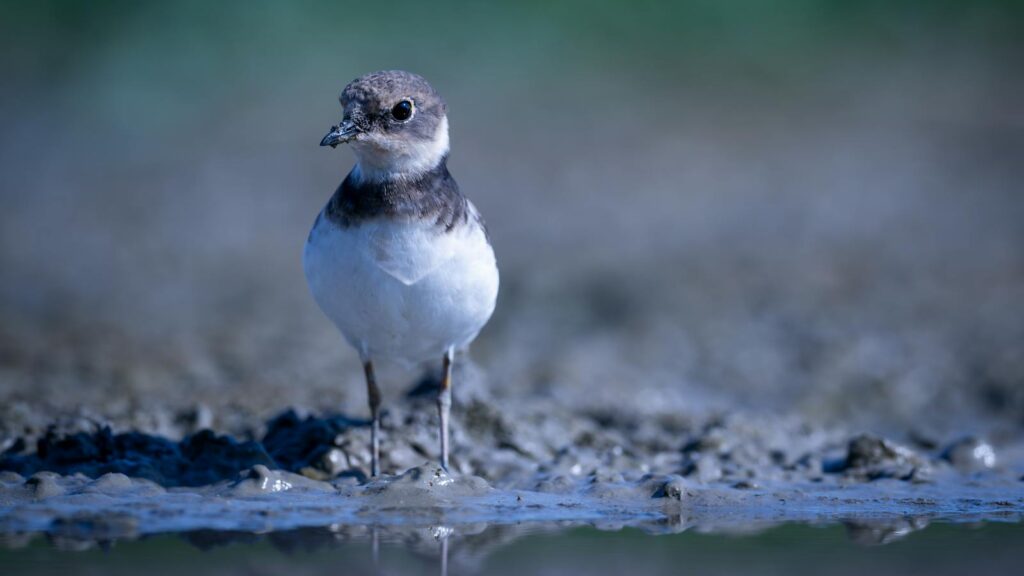
Clay’s natural porosity creates an ideal moisture balance for many bird species, particularly those that evolved nesting in natural clay banks or earthen cavities. This porosity allows excess humidity to escape through microscopic pores in the clay, preventing the dangerous buildup of condensation that can chill nestlings in wooden structures. During rainstorms, properly positioned clay pots shed water effectively, while the material itself absorbs some moisture without becoming waterlogged. This moisture regulation is particularly important for species whose nestlings are sensitive to respiratory issues caused by damp conditions. Species like bluebirds and wrens, which historically nest in natural cavities with good drainage, often show preference for the similar conditions provided by clay pot homes.
Historical Nesting Patterns
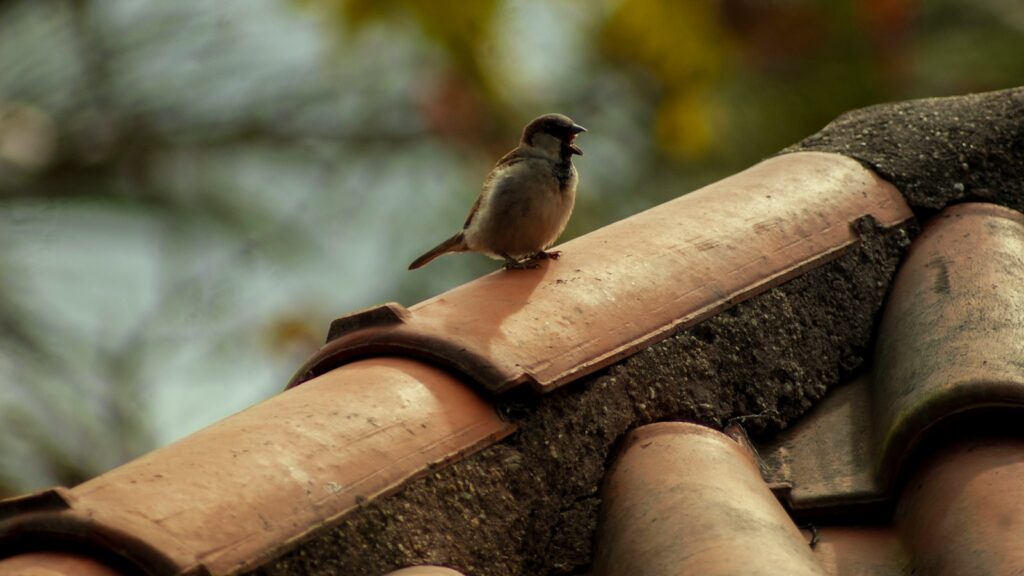
Archaeological evidence suggests that birds have been utilizing human-made clay structures for nesting for thousands of years. Ancient clay vessels from various civilizations show signs of bird occupation, indicating this relationship between birds and clay dwellings has deep historical roots. In Mediterranean regions, terracotta roof tiles have housed generations of swifts and sparrows for centuries, creating a cultural adaptation where these birds became dependent on human structures. This long co-evolution has potentially selected for birds that are genetically predisposed to seek out clay structures. Ornithologists studying traditional villages with clay architecture consistently document higher nesting densities than in comparable modern settings with primarily wooden structures, suggesting this preference has been reinforced over many generations.
Clay Pots and Cavity-Nesting Species
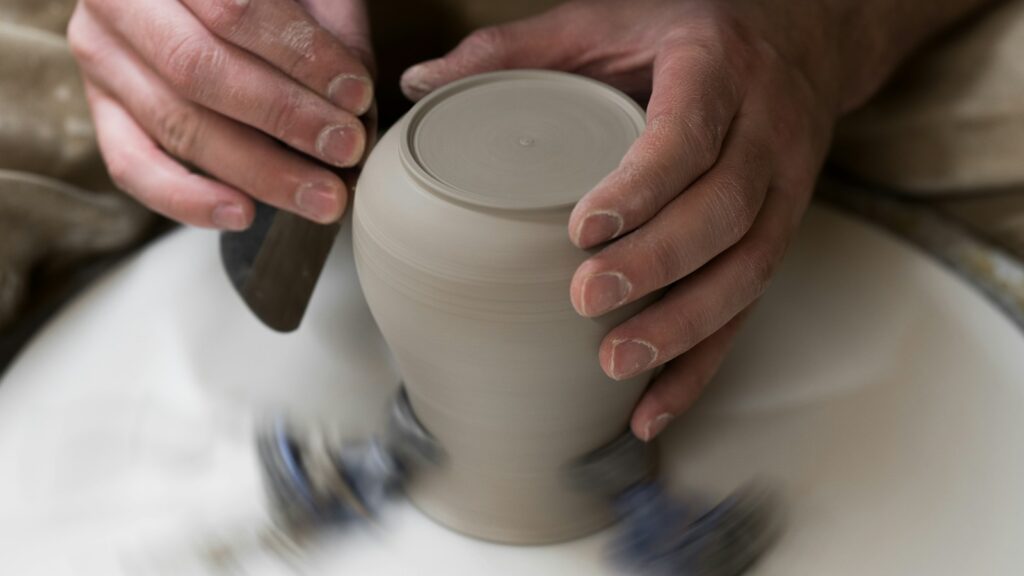
Cavity-nesting birds like chickadees, titmice, and some warblers show particular affinity for clay pot homes when they’re properly designed to accommodate their needs. These species naturally seek out enclosed spaces with specific dimensions relative to their body size, and clay pots can be adapted to provide the ideal cavity dimensions. The thermal properties of clay create the cool, stable environment that many cavity nesters prefer, mimicking the conditions of natural tree hollows. Research tracking nesting success rates has shown that some cavity-nesting species actually experience higher hatching rates in clay structures compared to wooden alternatives. The sound insulation properties of clay also provide a quieter nesting environment, potentially reducing stress on both parents and nestlings during the critical development period.
Design Adaptations for Clay Pot Birdhouses
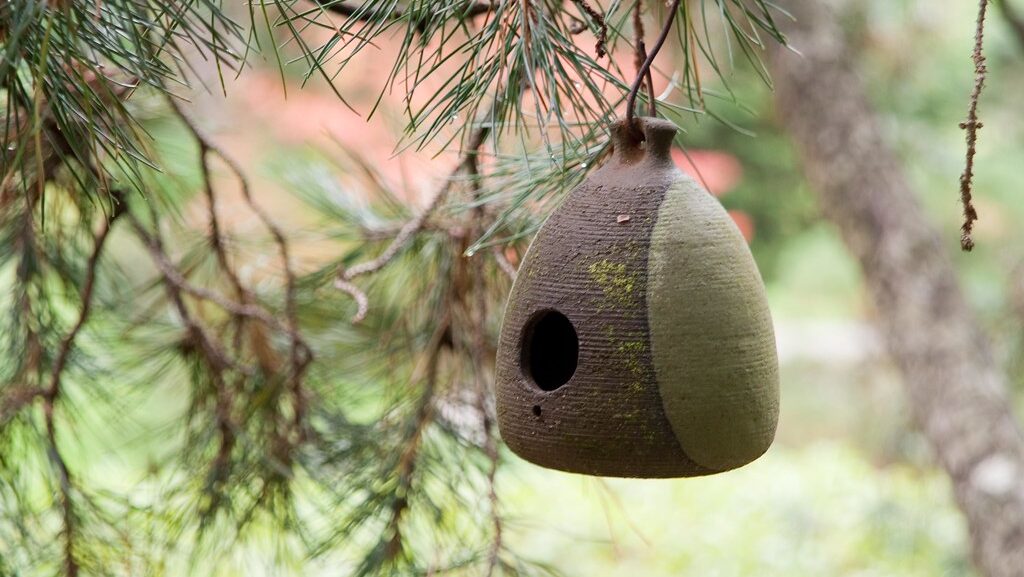
Creative adaptations of standard clay pots have made them increasingly suitable for various bird species with specific nesting requirements. Hanging clay pot designs, where the pot is positioned horizontally with an entrance hole added to the side, have proven particularly successful for wrens and chickadees. Clay pot assemblies that incorporate drainage, ventilation, and predator guards can address most functional concerns while maintaining the benefits of the material. Some designs incorporate multiple chambers created by stacking or joining pots, appealing to colonial nesting species. Additionally, specialized clay pot designs with roughened interior surfaces provide better footing for nestlings, addressing one common concern about the potentially slippery surface of traditional pots.
Regional Preferences Among Bird Species
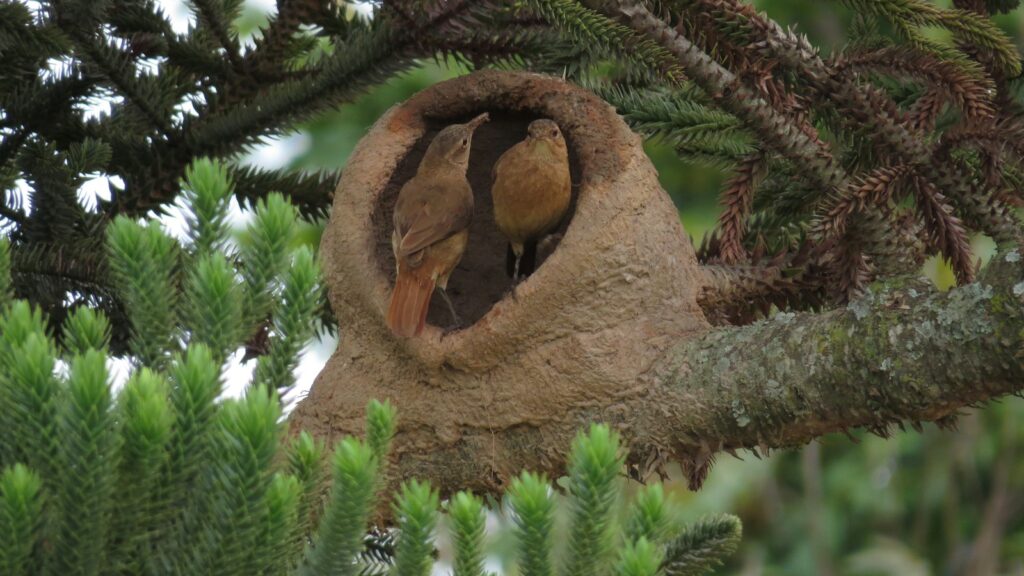
Bird preferences for nesting materials show distinct regional variations based on local climate conditions and evolutionary history. In hot, arid regions like the American Southwest, native species such as cactus wrens and some flycatchers demonstrate strong preference for clay structures that provide cooling relief from extreme heat. Conversely, in humid tropical regions, birds often select clay nests for their ability to resist fungal growth that quickly damages wooden structures. European studies have documented that urban swifts and house martins consistently select clay structures over wooden alternatives across multiple cities. These regional preferences highlight the importance of considering local bird populations when selecting appropriate nesting structures for backyard habitat creation.
Acoustic Properties and Communication
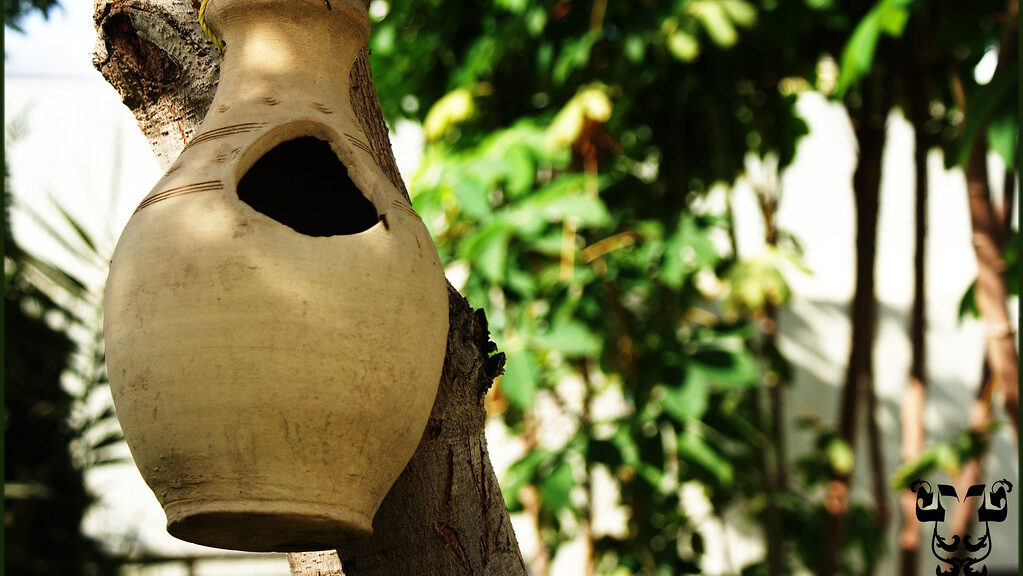
The unique acoustic properties of clay pots create sound environments that benefit certain bird species in ways wooden houses cannot match. Clay’s density dampens external noise, creating a quieter interior where parent birds can better hear begging calls from their young. This acoustic insulation is particularly valuable in urban environments where noise pollution can interfere with normal communication patterns. Interestingly, some researchers have observed that certain song birds utilize the acoustic properties of clay structures to amplify their territorial songs, effectively using the pot as a natural amplification device. The resonant properties of clay may also help nestlings develop more typical vocalizations by providing acoustic feedback similar to natural cavity environments.
Durability and Longevity Advantages

High-quality clay pots offer exceptional durability that can benefit both birds and human caretakers. Unlike wooden birdhouses that may rot, warp, or deteriorate after just a few seasons, properly fired clay pots can last decades with minimal maintenance. This longevity allows birds to return to the same nesting site year after year, a preference many species exhibit when successful breeding has occurred previously. The aging process of clay actually enhances its appeal to birds, as weathered clay develops a natural patina that blends better with the environment. Furthermore, clay’s resistance to insect damage, particularly from wood-boring beetles and termites that commonly attack wooden birdhouses, means the structure remains sound and safe for multiple generations of bird families.
Environmental Sustainability Considerations
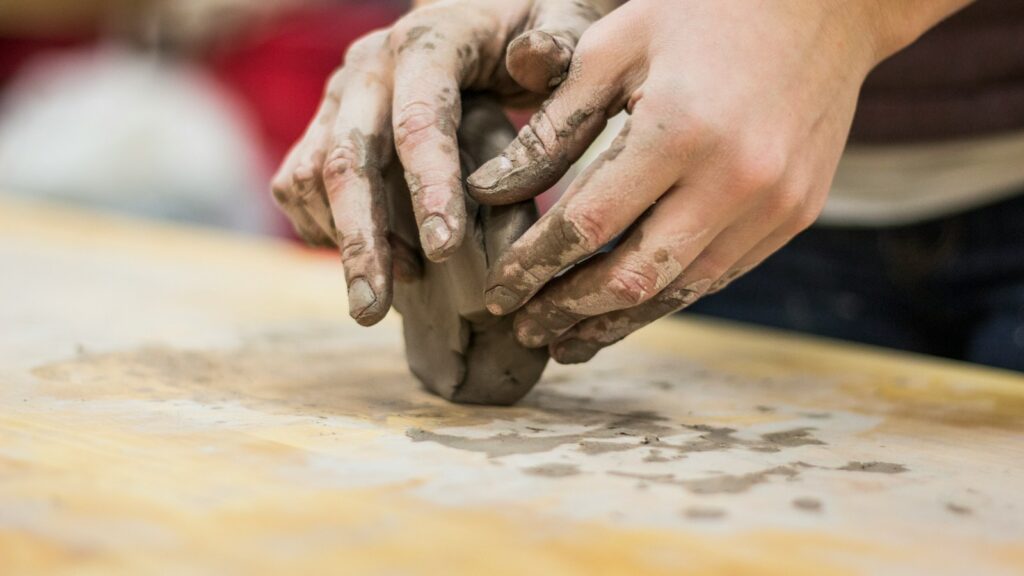
From an environmental perspective, clay pot birdhouses offer several sustainability advantages over conventional wooden alternatives. Clay is a natural, biodegradable material that eventually returns to the earth without harmful chemical residue, unlike pressure-treated lumber often used in commercial birdhouses. The production of clay pots typically requires less processing and fewer toxic treatments than manufactured wooden products, resulting in a smaller carbon footprint. Many clay pots are made locally by artisans, reducing transportation emissions compared to mass-produced wooden houses. Additionally, clay’s durability means fewer replacements are needed over time, further reducing resource consumption and making clay pots a more environmentally responsible choice for conscious bird enthusiasts.
Practical Tips for Using Clay Pots as Birdhouses

Converting standard clay pots into effective birdhouses requires attention to several important details. Positioning is crucial—pots should be mounted or hung with the opening facing away from prevailing winds and driving rain, typically in an easterly direction. Drainage holes are essential to prevent water accumulation, while small ventilation openings near the top of the pot help regulate humidity and temperature. Adding a small perch near but not directly at the entrance helps parent birds while making predator access more difficult. For regions with extreme weather, weatherproofing the exterior with natural sealants can extend the pot’s life without introducing harmful chemicals. Finally, cleaning between nesting seasons is crucial but should be done with mild, bird-safe cleaners rather than harsh chemicals that might be absorbed by the porous clay.
Integrating Clay Pots into Garden Habitats
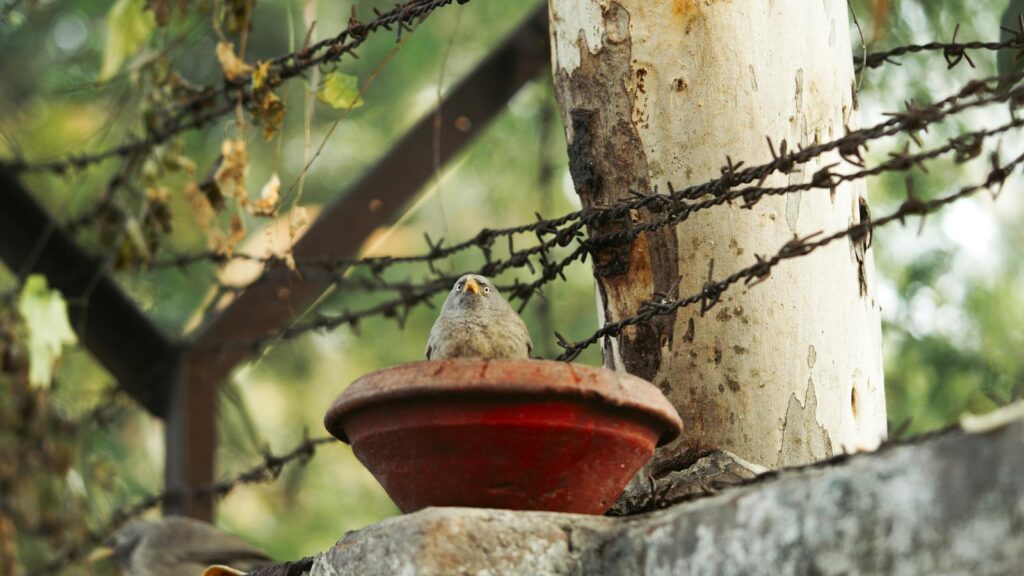
Clay pot birdhouses can be beautifully integrated into garden landscapes, serving both aesthetic and ecological functions. Mounting pots on decorative poles or brackets among native plantings creates natural-looking nesting sites while providing surrounding vegetation for food and cover. Clay’s earthy tones blend harmoniously with garden settings, appearing less artificial than bright wooden birdhouses. Strategic placement near insect-attracting plants helps ensure abundant food sources for parent birds, while positioning near water features provides necessary hydration. Creating clusters of different-sized clay pot houses can attract multiple species, enhancing biodiversity within the garden ecosystem. This integrated approach transforms simple bird housing into comprehensive habitat creation, supporting entire life cycles rather than just providing nesting sites.
Conclusion
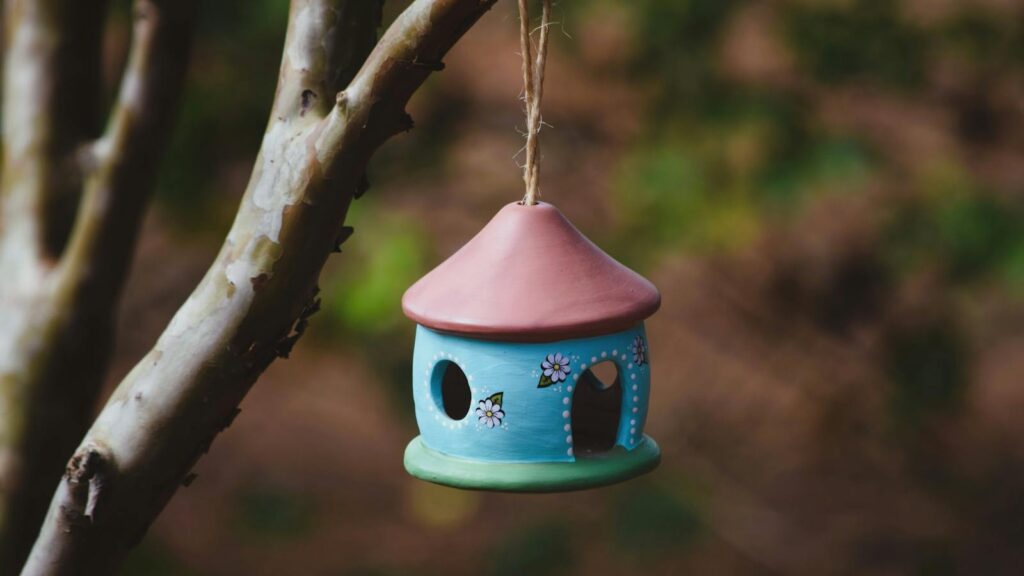
The preference some birds show for clay pot homes over traditional wooden birdhouses reflects millions of years of evolutionary adaptation to natural environments. These preferences aren’t merely aesthetic—they’re functional choices that can significantly impact nesting success and offspring survival. Clay’s superior temperature regulation, moisture management, predator protection, and acoustic properties make it an ideal nesting material for many species. For bird enthusiasts looking to attract a diverse population to their yards, incorporating properly designed clay pot houses alongside traditional wooden structures creates a more inclusive habitat that accommodates various species’ preferences. By understanding and respecting these natural inclinations, we can create more effective backyard habitats that truly serve the needs of our feathered neighbors.
